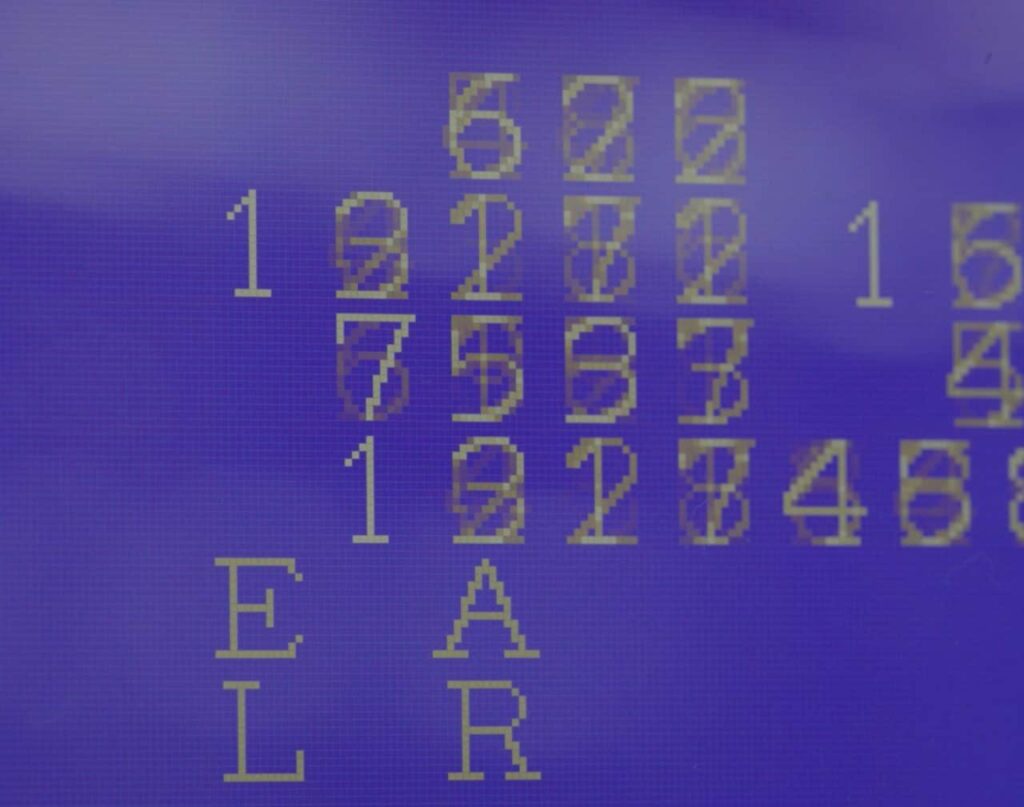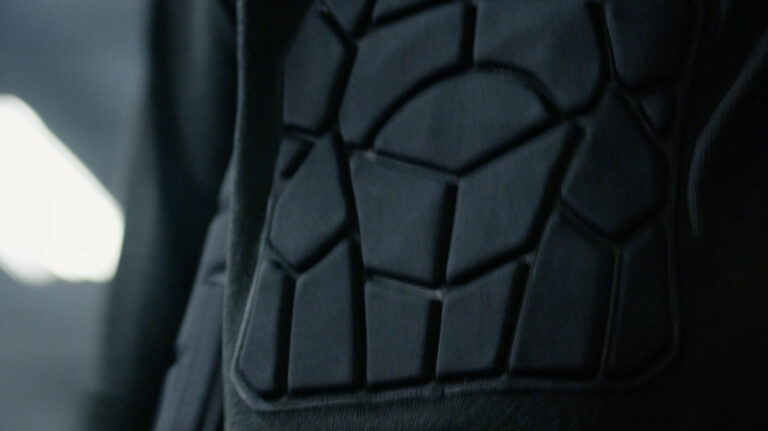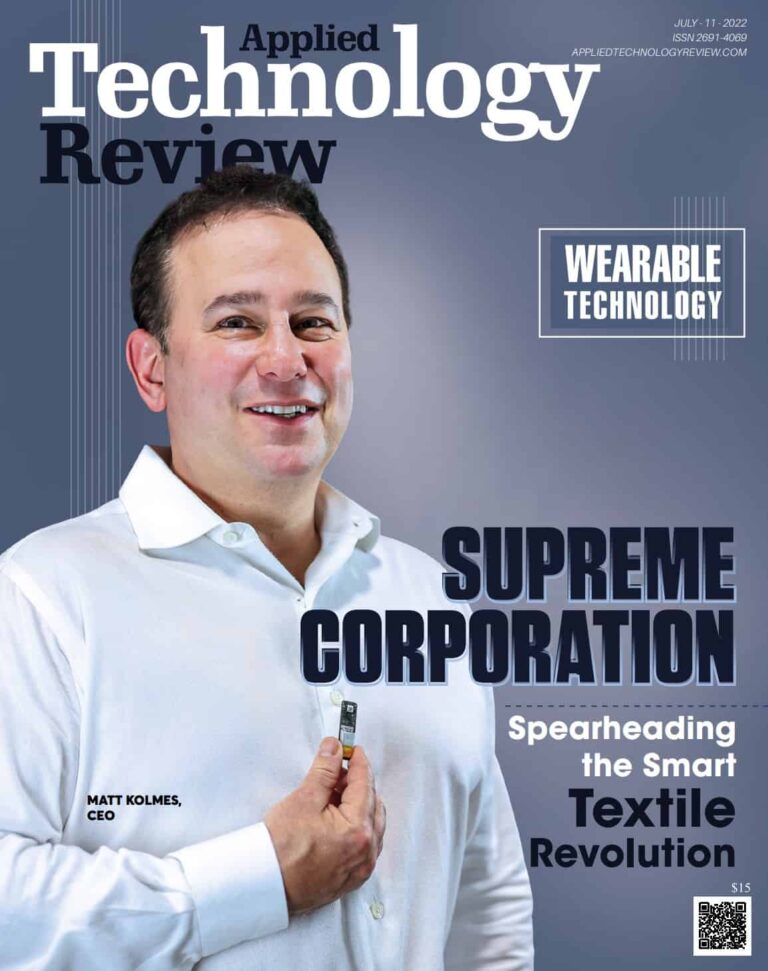How Wearables Are Changing The Healthcare Industry
By 2027 the wearables market is expected to hit $150 billion. We know athletes and coaches have seen major results from using wearables and we know the impact has been significant. Are you aware that healthcare is increasing its effectiveness through wearables?
The healthcare industry is at the edge of new technological developments that give people a true plan to maintain and better their health outlook. Patients and doctors are using wearables for a number of functions, and the uses continue to rise as new developments take place.
Developments in any field are always met with resistance since people aren’t always excited about change, but wearables are proving naysayers wrong. Continue reading to learn more about how doctors and patients are using wearables.

How Patients and Doctors Use Wearables
You’re most likely familiar with wearables as health monitors. Brands you are likely familiar with include Apple, Fitbit, and Garmin. You may even have one of these on your wrist right now. These devices usually automate the task of tracking daily steps, exercise, heart rate and sleep schedules.
New features will soon include glucose monitoring, ECG recording, cardiac monitoring and UVA and UVB exposure sensing. These new features will put a new lease on life for patients and doctors alike.
In hospitals, doctors and nurses use wearables to monitor patients consistently. Wearables make it easier for doctors and nurses to do their job without worrying about collecting and organizing data. The wearables automate tracking and reduce human error.
The FDA approved the first pill with a sensor with tracking ability in 2017. The tracking ability is meant to ensure the patient took their pills. The sensor transmits a message to a wearable patch and then it is transmitted to a mobile application. Mental health patients and diabetic patients will benefit most from this technology since there is a real challenge for these populations.
A wearable patch called the Zephyr Anywhere’s BioPatch is an FDA-approved device that tracks the patients condition on a minute-by-minute basis. Before the development of these wearables, patients were monitored every four to eight hours while in the hospital. Doctors and nurses are notified if a dip in their condition shows up through the wearable.
Patients are able to leave the hospital sooner when they stabilize without worrying about monitoring challenges. Their wearable will allow them continued 24/7 monitoring even when they are home.
Google Glass wasn’t a major mainstream hit, but doctors are using the technology. The Glass Enterprise Edition made its way from behind the curtain in 2017. Patient-record keeping can be a major stressor and often doesn’t get taken care of properly. With this technology, doctors are able to talk to the patient while Google Glass takes care of the admin work.
One doctor used Google Glass to look at x-rays and other vital patient records while he operated on the patient. Instead of having to look away, he was able to continue working and view the information on the glass.

What to Expect In the Wearables Space
Digital health applications and wearables continue to be at the forefront of the healthcare industry. The FDA chose nine companies to take part in a pilot program that is designed to change digital health regulation and let companies create new digital health software.
The program is meant to inform a tailored approach toward digital health technology. This is expected to be done by looking at the software developer instead of only looking at the product.
Whether we are talking about patient homes, hospital beds or other forms of technology, wearable devices continue to prove their usefulness. More power is going to the patient through the use of wearables, and it continues to make waves in the healthcare industry as it develops.
What You Should Know About Wearables and Healthcare

As developments continue to take place, more people are paying attention to wearables for healthcare applications. Hospitals, doctors and patients alike see a bright future for wearable technology in the healthcare industry in the coming years. While there are still things to work out with various parts of the technology, the overall outlook in the space is optimistic.
These devices are meant to be user-friendly and out of the way. At times the devices don’t quite hit the mark with both of these goals. A few years ago industry growth for wearable tech for healthcare was in the early stages, relying on bulky and heavy devices that patients were complaining about being too bulky and not ideal for wearing in public. While this is true, all of the B2B wearable tech manufacturers are still working to make these devices smaller and less of a hassle for wearers.
Data is one of the major holdbacks of wearables in healthcare. The data must be precise and offered in real-time. Some devices are beginning to be able to offer this necessity, but many wearables simply cannot keep up.
Security is another factor that patients and doctors are concerned about and continue to pressure developers to remedy this challenge. Patient safety and privacy is top of mind as these “connected” devices work their way into healthcare.
Billing is another area where changes must be made before wearables are widely adopted. No one wants to work for free, and the same goes in this industry and space. Remote monitoring of client health will soon be able to be billed through CMS. Until this development is fully functioning, few hospitals will embrace this development.
Conclusion
In the coming years, no doubt that B2B wearable tech will no doubt continue to make life easier on both patients and doctors. The latest developments prove to enhance customer care, ease of use and the ability to help a larger amount of people in a smaller timeframe.
Personal health and fitness trackers will continue to offer consumers the ability to keep track of their steps, heart rate, and other information. Now add doctor accessibility to information from these trackers, and you’ve got a winner for healthcare.
Undiagnosed and unrecognized health challenges often plague patients but aren’t brought to the doctor’s attention until it is past helping. With wearables and the ability to monitor patients minute-by-minute, this will change the way wearable tech for healthcare approaches patients and how many patients doctors and nurses are able to help.






